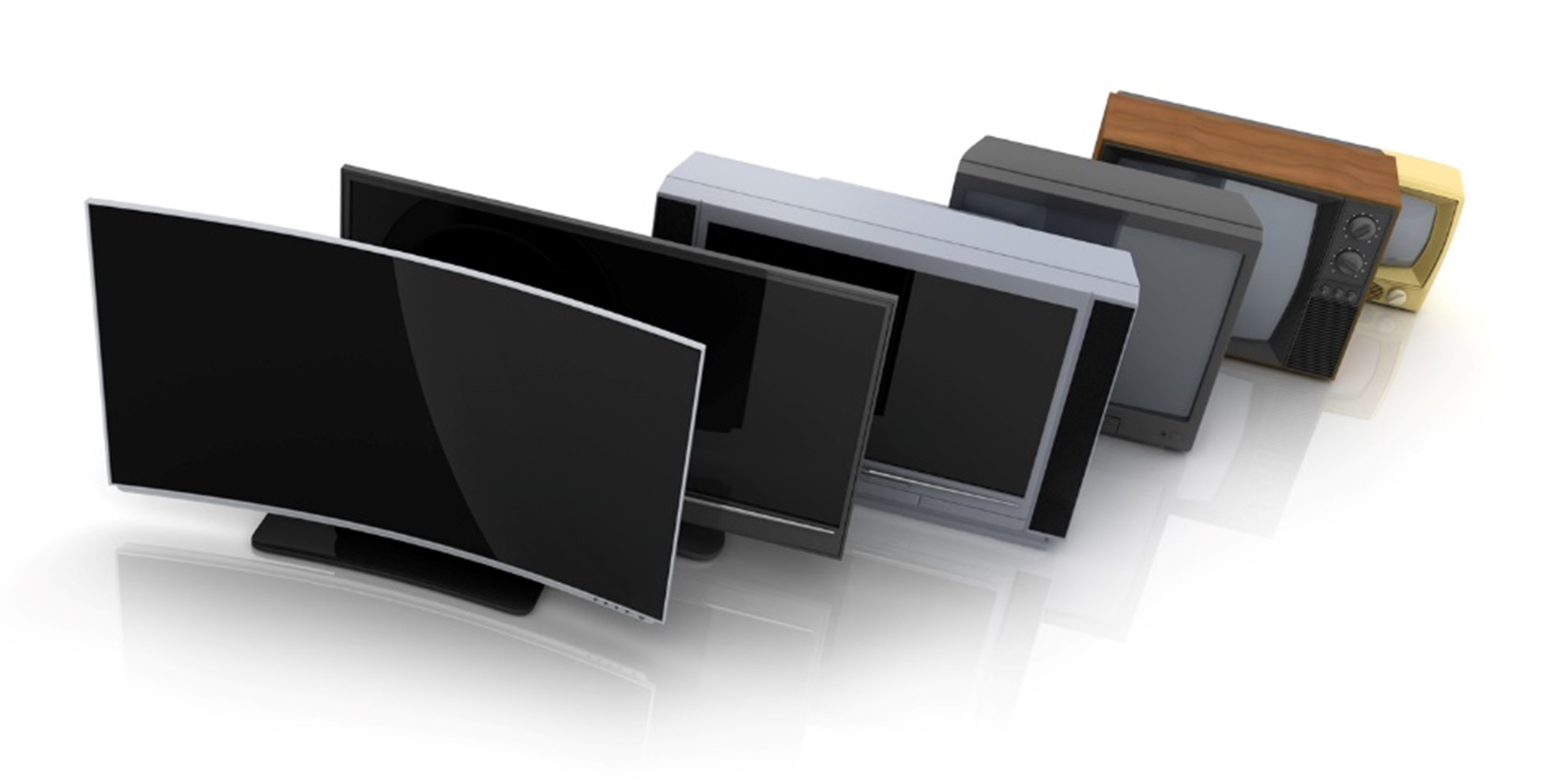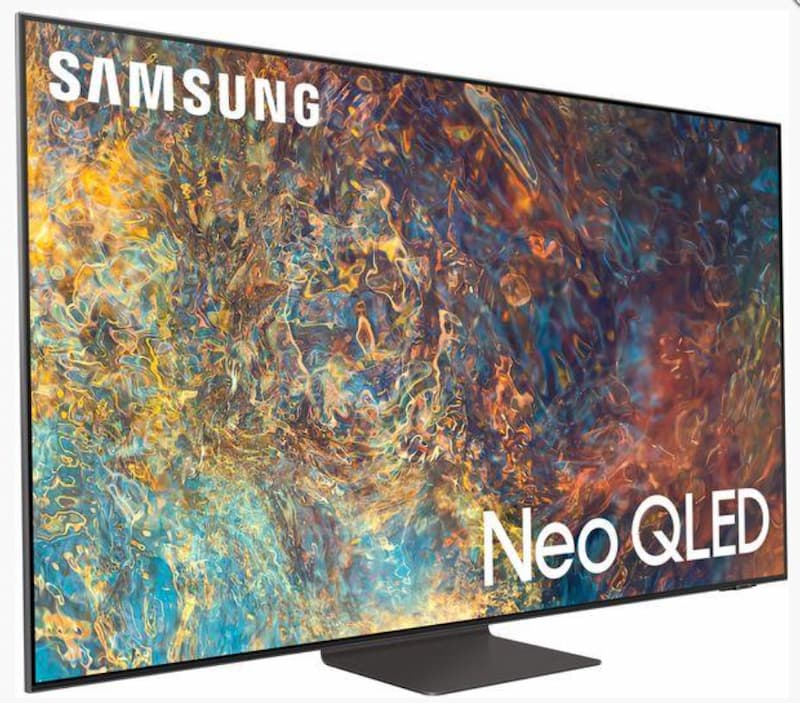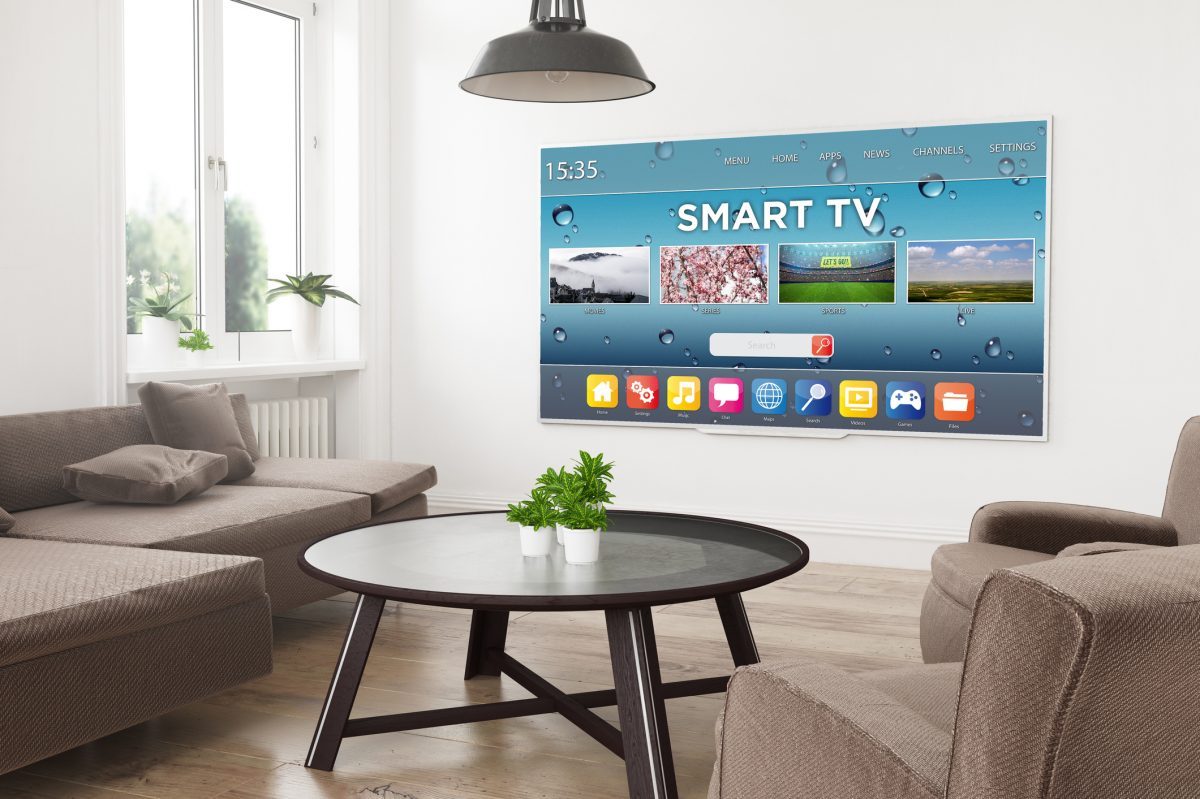Television, both as an entertainment industry and an art-form, has changed and evolved a lot in the decades since its introduction. It used to be an industry that was seemingly very ‘top down’ in the sense that large studios and production companies would dictate what we would watch, aided in part by the fact that we had fewer channels to choose from. However, as the cost of TV production comes down the television industry is becoming much more accessible both for consumers and independent producers.
With the advent of digital television, many more channels became available to us; this affected the TV industry in several ways. Firstly, the medium suddenly demanded a lot more content to be produced, far too much for large studios like the BBC and ITN to handle exclusively, so they had to outsource to smaller studios and independent producers. Secondly, it gave viewers more choice about what to watch, this gave consumers control when it came to what was produced because we could vote with our viewing figures.
Additionally, since the internet became commonly used it is much easier for producers to survey the opinions of viewers who could post on social networking sites, blogs or upload clips to video hosting sites if they liked a show or not. It also gave TV its first serious competitor for attention that it has had in decades, which forced the producers to target their viewing at a new demographic and try to capture the attention of an internet generation. Sites that allow users to watch terrestrial TV online became very popular, as did the video hosting site youtube, which is almost entirely independently produced and supported by individuals.
Buying a Samsung TV and sitting down to watch has become just a small part of how we now communicate with the producers of television and it is this shift that has ultimately made TV more accessible and engaging for everyone.







